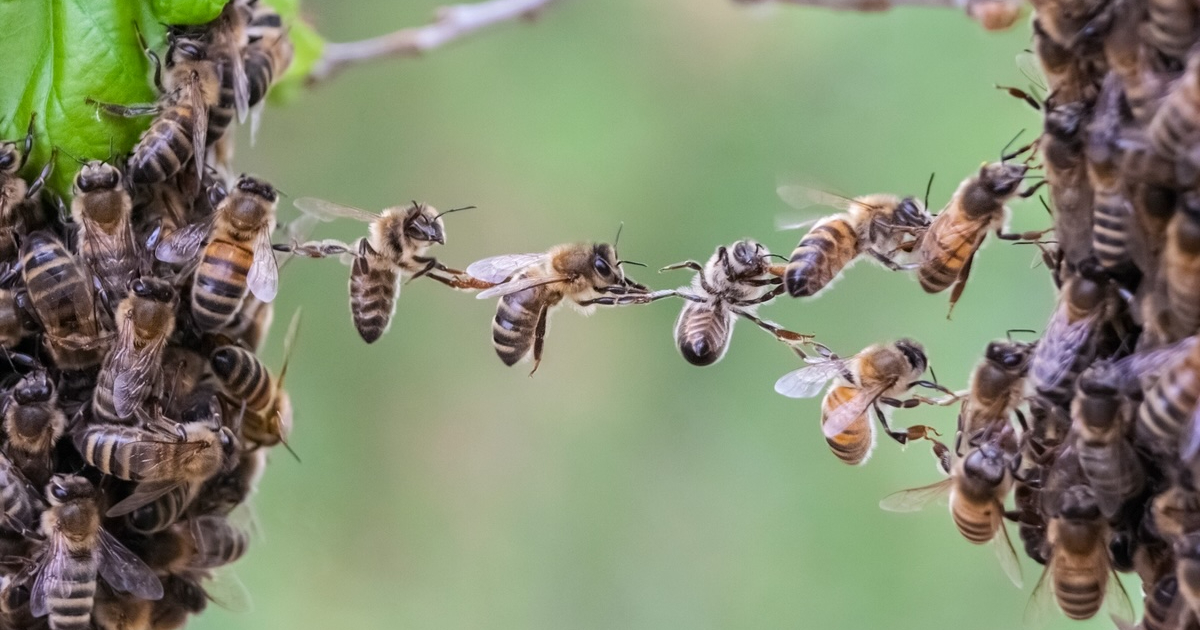Codetown
Codetown ::: a software developer's community
Kotlin Thursdays - Image Processing in Kotlin Part 3 with Amanda Hinchman-Dominguez
Kotlin Thursdays: Image Processing in Kotlin Part 3
Part 1: https://codetown.com/group/kotlin/forum/topics/kotlin-thursdays-ima...
Part 2: https://codetown.com/group/kotlin/forum/topics/kotlin-thursdays-ima...
Welcome to Kotlin Thursdays! Last week, we figured out how to write primitive filters and apply them to our images with the or function. This week, we look at refactoring with higher-order functions.
Resources
Think of these resources as supplemental if you happen to be more curious. We always encourage looking into documentation for things you use!
- Project Github Repository: https://github.com/Kotlin-Thursdays/Image-Processing-in-Kotlin
- Installing Java with Oracle: https://www.oracle.com/technetwork/java/javase/downloads/jdk8-downl...
- Kotlin: https://kotlinlang.org/docs/reference/
- TornadoFX: https://edvin.gitbooks.io/tornadofx-guide/content/
Higher Order Functions
We could continue to write individual functions that feeds 2 images and a particular function, but in Kotlin, we have the ability to use a single function that accepts 2 images and a function with the help of higher order functions. Below, you can see how similar our orFilter function and makeDuller function is.
In programming, programs may take data as parameters and pass those parameters into the function to return a different output or alter the behavior of a program. Kotlin is a functional language, and one characteristic of a functional language is that functions are also able to treat functions as data. You can pass a function as a parameter, which is really powerful!
A higher-order function is a function that may take functions as parameters. You can pass a function with double-colon (::). Double-colon (::) is used to get function (callable) reference in Kotlin.
Ruby facilitates higher order functions with yield, which involves passing a block to a method.
Like Ruby, Kotlin treats functions as first-class citizens, which is a pillar of functional programming. In Kotlin, the equivalent of block code is known as lambda functions, indicated by the pattern:
Instead of passing the object as an argument, you invoke the lambda variable as it if were an extension function. Haskell also has higher order functions which can designate the kinds of parameters a function may take within a function.
Implementing applyFilter
In this case, we are going to work with a general function, as opposed to an extension function that is invoked with a qualifer.
The function we write will take a filter function and 2 pixelReaders. Our function parameter, in particular, will only accept functions that take 2 Color parameters and returns a Color.
So here, the input function that accepts the 2 parameters is the receiver type, the output Color receiver object.
fun applyFilter (filter: (Color, Color) --> Color, a: PixelReader, b: PixelReader): PixelWriter {
for (x in 0 until width) {
for (y in 0 until height) {
resultWriter.setColor(x, y, filter(a.getColor(x, y), b.getColor(x, y))
}
}
return resultWriter
}
Conclusion
I hope you all had fun learning a little bit about image processing! Keep exploring and creating new image filters and maybe even as a challenge, think about how you might implement an RGB system to create image filters for colors. Until next time :)
Tags:
Replies to This Discussion
Notes
Welcome to Codetown!
 Codetown is a social network. It's got blogs, forums, groups, personal pages and more! You might think of Codetown as a funky camper van with lots of compartments for your stuff and a great multimedia system, too! Best of all, Codetown has room for all of your friends.
Codetown is a social network. It's got blogs, forums, groups, personal pages and more! You might think of Codetown as a funky camper van with lots of compartments for your stuff and a great multimedia system, too! Best of all, Codetown has room for all of your friends.
Created by Michael Levin Dec 18, 2008 at 6:56pm. Last updated by Michael Levin May 4, 2018.
Looking for Jobs or Staff?
Check out the Codetown Jobs group.
InfoQ Reading List
Podcast: Effective Mentorship and Remote Team Culture with Gilad Shoham

In this podcast, Shane Hastie, Lead Editor for Culture & Methods, spoke to Gilad Shoham about building effective mentorship relationships, leading fully distributed teams and the evolving role of developers in an AI-augmented future.
By Gilad ShohamBeyond Win Rates: How Spotify Quantifies Learning in Product Experiments

Spotify has introduced the Experiments with Learning (EwL) metric on top of its Confidence experimentation platform to measure how many tests deliver decision-ready insights, not just how many “win.” EwL captures both the quantity and quality of learning across product teams, helping them make faster, smarter product decisions at scale. The outcome must support one action: ship, abort, or iterate.
By Olimpiu PopQCon AI NY 2025 - Becoming AI-Native Without Losing Our Minds To Architectural Amnesia

Tracy Bannon's QCon AI NY 2025 talk revealed how the rise of AI agents risks amplifying common architectural failures. She emphasized the distinctions between bots, assistants, and agents, highlighting the need for governance, clear identity controls, and disciplined decision-making to address “agentic debt.” Bannon called for architects to apply foundational principles amid rapid AI adoption.
By Andrew HoblitzellHow Artificial Intelligence Can Help Us Connect with Customers

In software development, success means going beyond meeting requirements. We must create products that surprise and delight users and are innovative, create impactful solutions, Ken Hughes said in the keynote “Connection is Everything”. AI can help us connect with customers and create better user experiences.
By Ben LindersAWS and Google Cloud Preview Secure Multicloud Networking

In a surprising move, AWS and Google Cloud have recently partnered to simplify multicloud networking, introducing a common standard and leveraging "AWS Interconnect - Multicloud" and "Google Cloud's Cross-Cloud Interconnect". The new option makes it easier for organizations to manage and secure workloads across both clouds, with Azure expected to join in 2026.
By Renato LosioSwitch to the Mobile Optimized View
© 2025 Created by Michael Levin.
Powered by
![]()